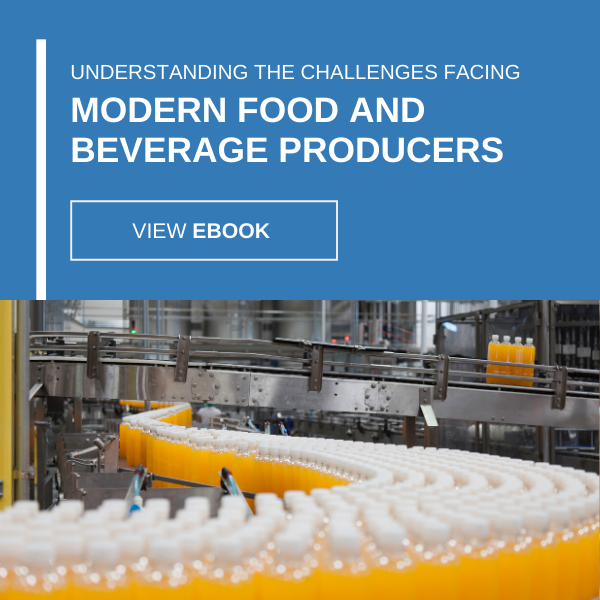
Considerations When Integrating High-Pressure Processing
What challenges do food and beverage companies face when integrating high-pressure processing equipment?
At first glance, high-pressure processing – or HPP – appears to be the answer to a question the food and beverage industry has long sought: What is the best way to process goods based on consumer interest?
HPP technology replicates extremely pressurized environments, thereby eliminating viral or bacterial growth as well as other such biota without introducing goods to high heat or infusing them with additives. This innovation marks a turning point in the industry at a time when an increasingly discerning consumer base has its eyes on how brands process their foods and drinks safely and sustainably.
However, integrating high-pressure processing technology into plant operations can’t be done overnight. In some instances, many internal factors must be accounted for before installing the equipment. Otherwise, businesses run the risk of hurting process efficiency, compromising quality, and creating a wasteful production system.
Process validation always difficult for new technologies
When engineers and food scientists develop breakthroughs in processing goods, validation teams must intervene and ensure these methods or machines act how they were designed to – not just once, but at every unique application. These days, many regulators have their sights on HPP, and for good reason.
According to Food Safety Magazine, HPP processes represent one of several non-thermal approaches to quality control, including cold plasma and high-intensity pulsed light technology, still heavily scrutinized by validating regulators. Not because the process itself is flawed, but rather because it is so new validation specialists still need to compile knowledge before easing up on validation measures across all applications.
To accomplish this, regulators require a lot of operational data to validate HPP processes, perhaps more so than would be necessary if a business simply installed familiar equipment with a more easily verifiable history. For businesses hoping to integrate HPP quickly, advanced data management strategies could provide regulators with the necessary information as completely as possible and at a faster clip. Before high-pressure processing integration, they must be sure the operational data management processes in place are capable of demonstrating the equipment’s potential so lag does not occur.
Possible changes to packaging materials may be necessary
One of the beauties of HPP technology is its ability to process goods after they’ve been packaged. This both enhances the quality of the foods and beverages right up to distribution and has the potential to accelerate cycle times along the way thanks to its instantaneous application of pressure.
That said, certain food and beverage packaging cannot withstand HPP treatment, according to a study by the National Food Lab. Metal and glass, for instance, would break under the intense conditions. Additionally, the National Food Lab specifies any flexible packaging like vacuum seals or plastics must “be compressed by about 15 percent without suffering structural damage and […] return to its original shape upon pressure release” to be considered safe in the long term.
Businesses should therefore research in advance of high-pressure processing technology investment as to whether their current packaging strategy will hold up or need a complete overhaul. Knowing one way or the other could factor into asset purchase and future training courses on new HPP equipment, as well as any new operational requirements for packaging necessary to supplement changes to product processing.
Consider how to maintain product uniformity throughout HPP equipment life cycle
Over time all equipment malfunctions, and HPP assets are no different. For instance, pistons creating the pressurized environment may do so unevenly when not calibrated properly, causing ruptured packages and destroyed goods when too high or potentially passing contaminated products when too low. Food and beverage businesses can look for these effects as signs their HPP machinery might be on the fritz, but by then it may be too late to continue production on time and at volume. Due to the high costs of HPP equipment and their importance to quality control, businesses may only rely on a few machines for their entire operation.
So, what should happen when HPP equipment is found to be technically deficient? Like all other capital-intensive assets on a production line, it needs to be serviced. However, reactive maintenance strategies will only exacerbate issues by bottlenecking production when machinery breaks down. Instead, businesses should establish predictive and proactive maintenance standards, as well as a system for ranking internal assets. That way, maintenance specialists can prioritize HPP repairs over less vital work orders.





